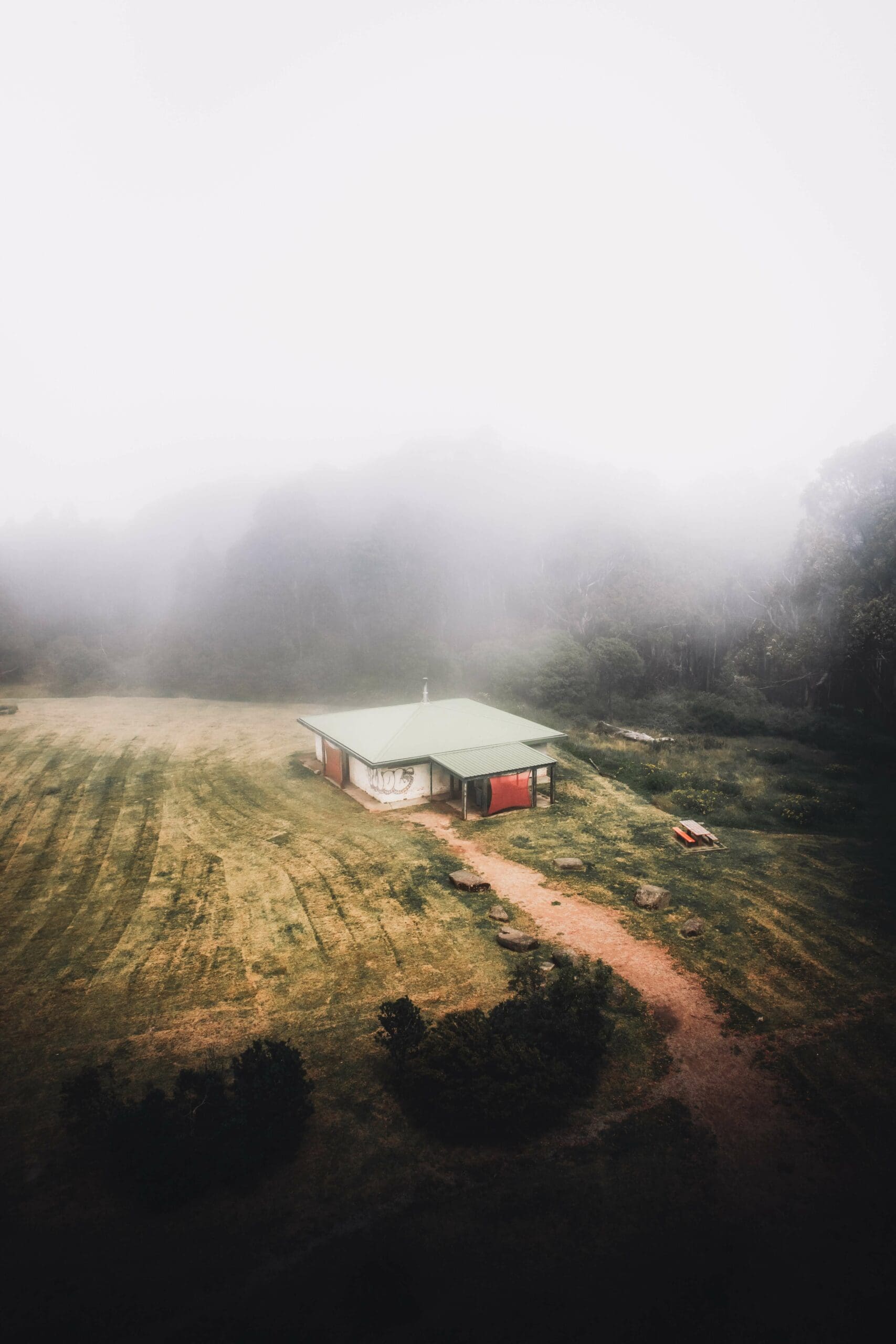How to leave a living legacy
BioDiversity Legacy can guide you on the path to land conservation, working with you to secure properties of all shapes and sizes and co-create a vision for how those properties can be used and enjoyed now and into the future.
HOW TO LEAVE A LIVING LEGACY
BioDiversity Legacy provides an alternative pathway for protecting important habitat, working with you to secure properties of all shapes and sizes within safe ownership structures so that biodiversity can be shared and cared for now and into the future.
The BioDiversity team is completely independent and concerned only with supporting individuals, communities and groups to find the right pathway for them. The model supports different types of land uses including farming and allows for ongoing use by families who have owned properties for generations. With genuine values alignment for biodiversity protection, we can co-create a vision for the land and find the right balance between people, productivity and nature.
Below is a brief overview of our process. Given that our plans are tailored to each property, the best way to learn more is to talk to us.

Image with thanks to Pat Whelan
Existing landholders
Many landholders have invested time and money into restoring their properties, often over a lifetime. When the time comes to sell or move on, these landholders need a pathway to ensure their life’s work is not undone. By donating land to the Legacy, we can provide a safe ownership structure to ensure ongoing habitat protection.
INDIVIDUALS, INVESTORS & PHILANTHROPISTS
Many individuals are seeking to make a greater contribution to environmental protection. This can be facilitated through direct financial donations. These donations enable us to identify, secure and protect important properties and support communities to strengthen and enhance biolink initiatives and coordinate regional visions for biodiversity.
LOCAL COMMUNITIES
Regional communities have intimate knowledge of, and are deeply connected to, the landscapes that surround them; land which holds cultural, economic and ecological significance.
When important properties are listed for sale, BioDiversity Legacy may be able to provide legal advice and support on how communities can take conservation action.
GOVERNMENT AGENCIES & REGIONAL AUTHORITIES
As a not-for-profit organisation, BioDiversity Legacy has the legal and ethical frameworks in place to enable the transition of public land to community stewardship. This can be complementary and advantageous in terms of resources, particularly in cases where surrounding properties are covenanted or where owners are considering how to create bio-links.
CONSERVATION GROUPS
Over decades, individuals and groups across the country have been taking actions to restore and protect private properties. Some have used Trusts and other legal structures to secure those properties. However, not all agreements guarantee long-term protection. Other projects have a limited lifespan and succession plans are required to ensure the safeguarding of those properties. In most cases, BioDiversity Legacy can assist with planning and the transition arrangements.
OWNERSHIP ARRANGEMENTS
While there are many pathways to land conservation, it is important to note that BioDiversity Legacy does not seek to own the land or conduct on-the-ground stewardship.
Rather, BDL’s role is to facilitate safe land transfer arrangements for land that is donated, bequeathed or purchased. To ensure that land is protected and safeguarded forever, we provide oversight and governance of the process and ongoing support for locally-led stewardship, allowing communities to operate independently
stewardship
Is there a pathway or stewardship plan for the land to ensure habitat will be supported after the transfer of title? This is a key factor in BDL’s selection criteria. In some circumstances, the donor will provide leadership and ‘boots on the ground’ for the ongoing care of the land. In others, that leadership and commitment will come from community members who will guide the project. In all cases, we look for plans that incorporate place-based knowledge and best-practice ecological advice, as well as intergenerational involvement.
Credits: Blue-winged Parrot image (top) with thanks to Dean Sewell.